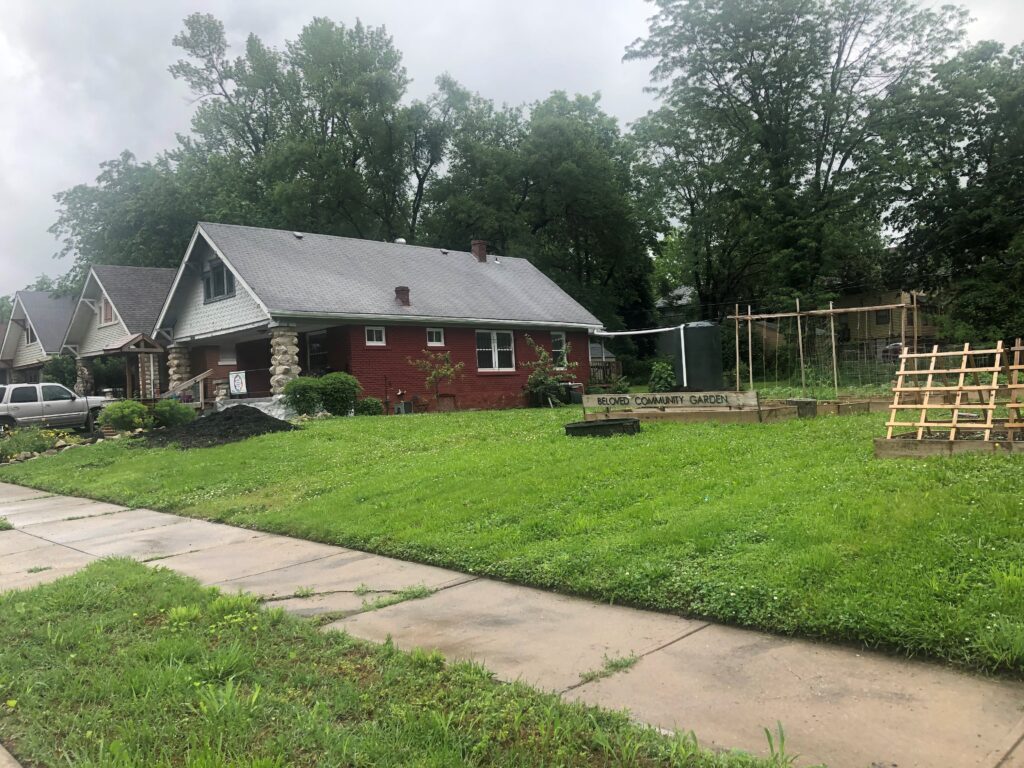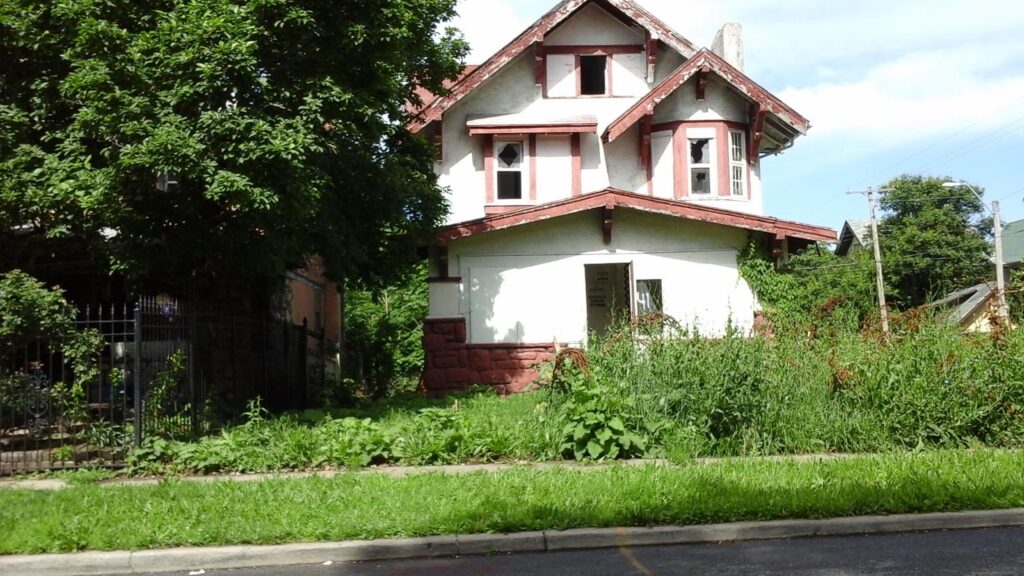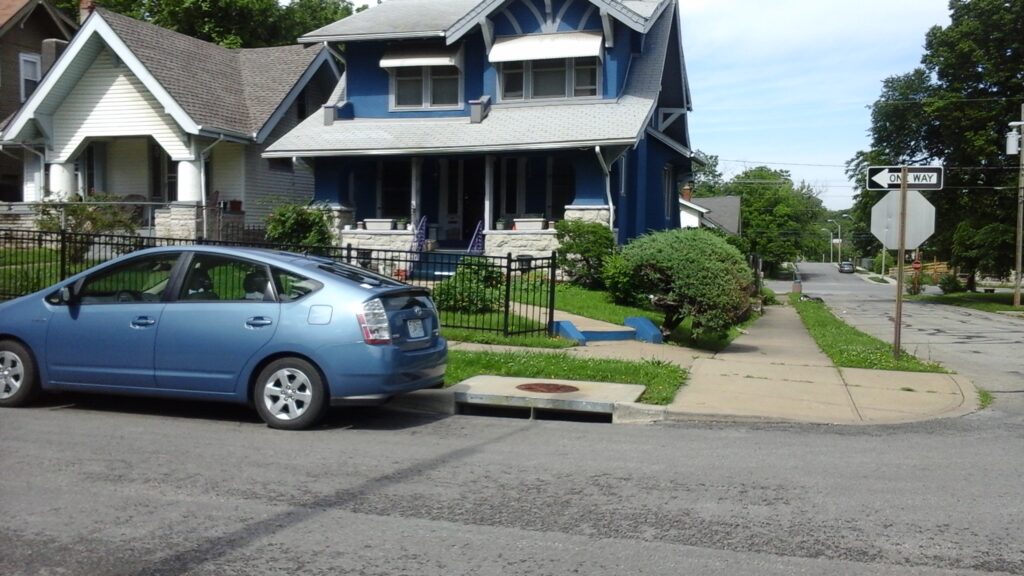By
Dave Kingsley
According to U.S. World & Reports the following five REITs are recommended as the best “health care REIT” investments for a retirement portfolio: Sabra, Welltower, VENTAS, National Health Investors, and The Long-Term Care ETF (https://money.usnews.com/investing/dividends/articles/best-health-care-reits-for-a-retirement-portfolio). Some of the properties currently owned by these entities were picked up when private equity firms sold off properties from chains they bought out such as HCR Manor Care (taken over by The Carlyle Group) or Genesis (taken over by Formation Capital).
The five REITs listed by USN&WR are publicly traded; hence, their filings with the SEC (10-K, 10-Q, and Proxy statement) are available and provide a picture of their financial performances. I will be tracking these from quarter to quarter and from fiscal year to fiscal year.
VENTAS
Ventas stated in its third quarter 10-Q that as of September 30, it “owned or managed through unconsolidated joint ventures approximately 1200 properties (including properties held for sale), consisting of senior housing communities, medical office buildings (MOBs), research and innovation centers, inpatient rehabilitation facilities (IRFs) and long-term acute care facilities (LTACs).”
The Ventas 10-Q report also suggests that their revenues will equal or exceed 2019 revenues. As of September 30, revenues were $2.7 billion – total 2019 revenue was $2.9 billion. Total stockholder equity as of the end of the third quarter was $10.3 billion. On their cash flow statement, they indicate net cash from operating activities of $1.2 billion.
COVID Relief Funds
The company has received a considerable amount of government assistance during the current COVID pandemic. They indicate that CARES Act and the Paycheck Protection Program and Health Care Enhancement Act distributions under Phase II “are expected to equal 2% of annual revenues from patient care, and to benefit the assisted living communities in the Company’s senior living operating business, as well as it NNN senior housing tenants.”
They indicate that they have applied for “approximately $35 million in grants under Phase II of the Provider Relief Fund on behalf of the assisted living communities in our senior living business.” Furthermore, they state that “substantially all” of their tenants with triple-net leases (NNN) applied for funding under Phase II.



